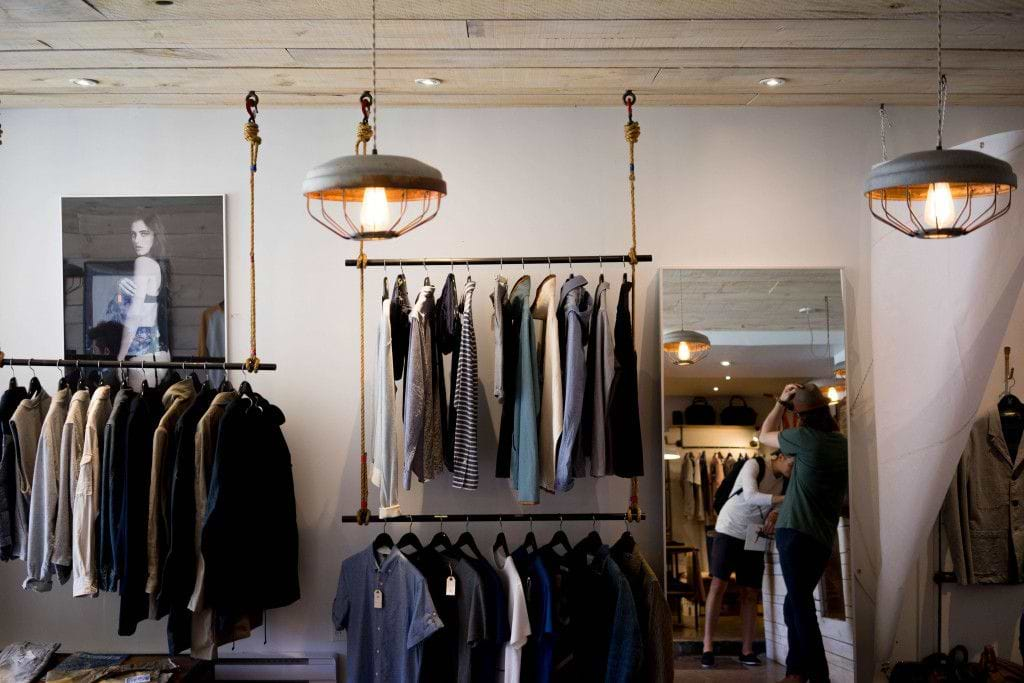Do we still need physical retailers ?
As a pure online player, we are often asked how we would predict that the market will evolve between physical and online retailers. Most important, are physical retailers doomed or do they remain relevant?
For us it’s a fair question, especially based on the observation that online retailers are booming faster and that a growing part of purchases are made online. We can mention for instance that 2% of goods were bought online in 2000 vs. 13% today in Europe. The trend is not going to change going forward, some people even expect this to accelerate as the delivery options improve and that customers are getting accustomed to ordering online. Strong examples can be drawn from other countries, like in the US where average people order 23 parcels per year while we only order 11 annually in Europe. On the other hand, new stores continue to pop up everywhere while more people transition to online purchasing, which is then causing a slow decrease in foot traffic (i.e., less people visiting stores).
So here comes the natural question, is online retail going to continue growing at the expense of physical retailers, to, eventually, replace it?
Many people believe that what will keep physical stores into the game are things like advices but it’s now being worked on with live chat, 24-7 call centers or powerful recommendation algorithms, or speed but Amazon is proving that you can actually reach customers with eCommerce faster than ever thought possible with concepts like moving inventory. At Kazidomi, we believe a few other elements can keep physical retailers relevant.
-
Experience
As the market is evolving, we see a shift from a traditional physical store where you can buy products to something new, something that is aimed at transporting you inside a brand’s core DNA. Strong examples of this can be found for instance in Nike, renaming its stores as “house of innovation” instead of stores, and actually letting customers run with shoes in the stores. Brands are trying to build an immersive and experiential retail, like Casper’s mattress offering 45-minute naps to its customers to let them try their products.
Another strong example of the use of a physical store is a winter jacket brand giving customers the opportunity to wear their jackets in a “cold room” where they are exposed to sub-zero temperatures and put into a realistic Antarctic-like atmosphere.
-
Visibility
The online market is now extremely crowded and consumer’s attention bandwidth is already populated with ads, videos, pictures, and more content than they could possibly absorb in a lifetime. So retailers and brands are now using physical stores as a chance to get their name in people’s mind. Look for instance at all the shops designing their shops for the “gram” to make sure people share picture of the shops online with their friends. Countless shops are going as far as having selfie walls inside their store to push online sharing.
-
Freshness
As Jessica Alba said while building HonestCo, her fantastic eCommerce of responsible products for babies: “Physical Stores Should be for Perishables, Not Products. We believe that, while some companies are trying to offer fresh products online, this is mainly done through pre-made recipes, subscription models, etc. and it comes with lots of logistics and sourcing issues. As a result, chances are quite strong that the shops of tomorrow will continue to offer the perishables that your online players struggle to offer. With the rise of Amazon Fresh, it’s fair to wonder if this will remain relevant but very few players will have the scale and the operational strength to take on challenges of this magnitude, and as a result, the product range available is likely to remain narrow and not appealing to a significant share of customers.
We believe physical stores need to evolve to stay relevant. However, online and physical will have their respective roles and should be complementary, not competing. You can expect to see jumps both ways in the future, online pure players will jump into physical retail, opening pop-up stores, etc. and physical stores will continuously try to master the digital game. The secret sauce to win in that game will be to find the right balance between the two and identify where each of these channels can best solve customer pain points.
